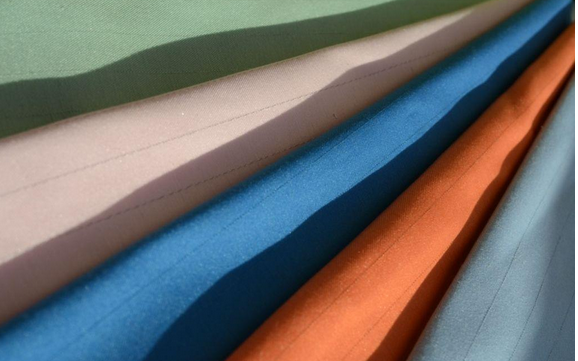Clothing quotation
The quotation process can be said to be very simple, but to be proficient and confident, it still requires daily accumulation and study.
The cost of clothes can be roughly divided into several aspects: fabric price, auxiliary material price, single-piece material consumption, embroidery cost, printing cost, factory processing cost and processing fee. Pure processing fee is also composed of factory profit. So normally, to get an accurate quotation for a piece of clothing, you must purchase to find the price of the same fabrics and accessories, and the pattern maker uses markers to discharge the consumable materials.
You need to have a good grasp and understanding of accessories, fabrics, printing and embroidery, as well as various post-processing (including washing, packaging, etc.). Then become familiar with these prices and understand the market conditions.
How to receive orders:

FOB (domestic customer) = fabric price + accessories price + (special process) + labor price + loss + packaging + transportation
CIF (Foreign customers) = FOB + insurance + freight + customs declaration + bank fees +… (and taxes)
Fabric calculation formula:
Fabric price = yarn price + weaving price + dyeing price + others (including Printing, opening and shaping, and subsequent processes) (general opening and shaping price: 2,000 yuan/T)
Processing costs are divided into two types: processing with supplied materials and contracted labor and materials
Processing with supplied materials: supplied materials Processing is different from contracting work and materials. Normally, when customers provide materials for processing, the processing factory does not need to bear any risks, so the garment processing factory only needs to quote the normal processing fee.
Contracting work and materials: If the factory contracts work and materials, then the factory has to spend money to purchase fabrics, which is an investment behavior. In addition to the cost of raw materials and processing costs, the price quoted by the processing factory must also include his profit.
The general profit standard for processing factories is 15%-30%
So, when you are looking for a processing factory to contract labor and materials to place an order, you must have a bottom line in mind about the profit you will give to the processing factory. Generally, it is normal. The standards are between 15% and 30%.
How to Calculate Processing Fees for Processing Factories
There is a set of standards here. In the garment processing industry, each place will have a set of industry standards based on local salary levels and factory scale.
There are industry standards for how much it costs to cut a piece of clothing, add sleeves, open a bag, add a zipper, tail, etc. The processing fee for a piece of clothing is the total labor cost multiplied by the corresponding multiple. This multiple is based on the scale of the factory. It is normally between 2.3 and 2.5. The larger the factory, the higher the multiple.
The issue of batch size of clothing
Another question about price is the issue of batch size. What kind of goods do clothing production workers like to make?
They all work on a piece-rate basis and make money by output. They like to make large quantities of goods. A new model is the slowest to start when it is just started. If there are only a few dozen pieces of goods, a few people will finish the goods just after they start. If you don’t do things quickly and efficiently, you won’t get money. It’s getting harder and harder to recruit people in the garment industry. If workers don’t make money, they may want to change factories. So when bosses take orders, they want to take large orders.






